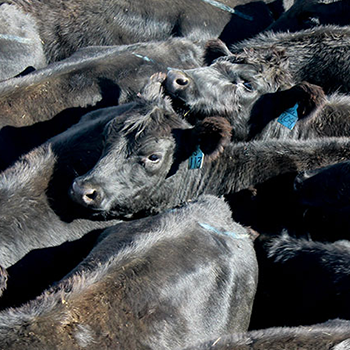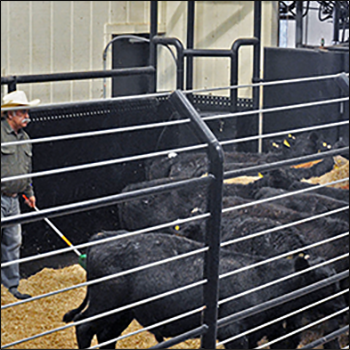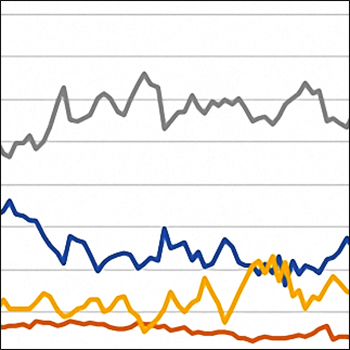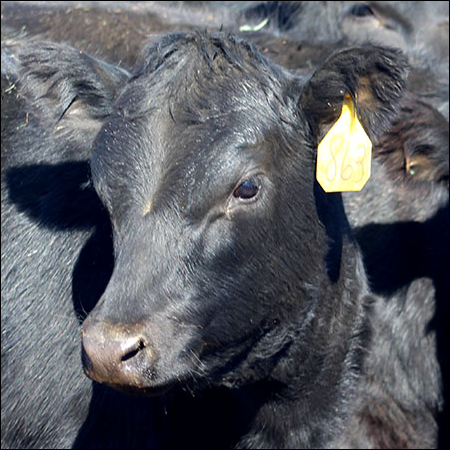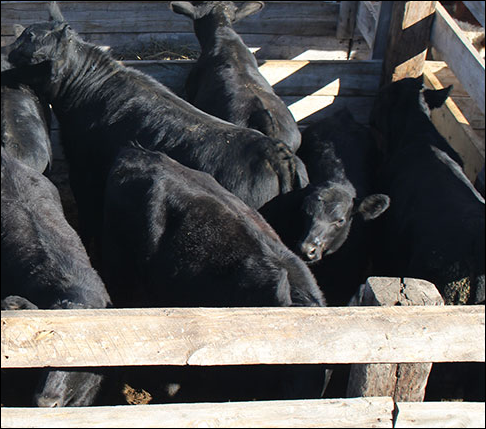
End-of-the-Year Markets
Cattle on feed grows again.
The number of cattle on feed hit an October record in 2020, at 11.7 million head. Placements and marketings were up compared to a year ago, as well. Digging into USDA’s report a little deeper reveals some more interesting directions for the cattle market in coming months.
Marketings were up 6.2% compared to September 2019. Given one more working day in the month, that means daily average marketings were above a year ago for the second month in row. The ability to slaughter more cattle per day, on average, than a year ago is welcome data considering all the adjustments forced on the industry this year. In terms of absolute numbers, marketings trend lower in the second half of the year, and that trend is holding this year, as well.
Placements were above a year ago also, up 5.9%. Larger placements might be seen in the light of sharply lower placements in March and April as response to coronavirus effects. Kansas and Nebraska, two of the “big three” feeding states, had placements up 12.6% and 13.2%, respectively, vs. a year ago. Placements were lower in Texas, down 3.2%.
Eighty-four percent, 104,000 out of 124,000, of the increase in placements were in the heaviest categories, more than 700 pounds (lb.). The largest share of heavier feeder placements went to Nebraska, followed by Kansas. Texas placed fewer cattle in every weight category except the lightest, less than 600 lb. More heavier cattle placed likely indicates some pressure on marketings and slaughter late this year into early next year. For the year, feeders have placed 510,000 fewer (3%) head on feed this year than last year.
The combination of placements and marketings left cattle on feed a record large for Oct. 1, 11.717 million head. That was 429,000 head more than last year. Within the state data, Texas had 70,000 more on feed in the drought year of 2011. Nebraska had 20,000 more on feed in 2018. October on-feed numbers appear to be historically large in states like California and Colorado.
Nationwide, placements tend to peak in October. Drought conditions will likely play an important part of placements this year. Difficult wheat pasture establishment and development may force more to feedlots. Drought in the West and Texas may force some more placements. More feeder cattle continue to come from Mexico, adding to available supplies for placement.
Editor’s note: David Anderson is a professor and Extension economist for Texas AgriLife Extension.

